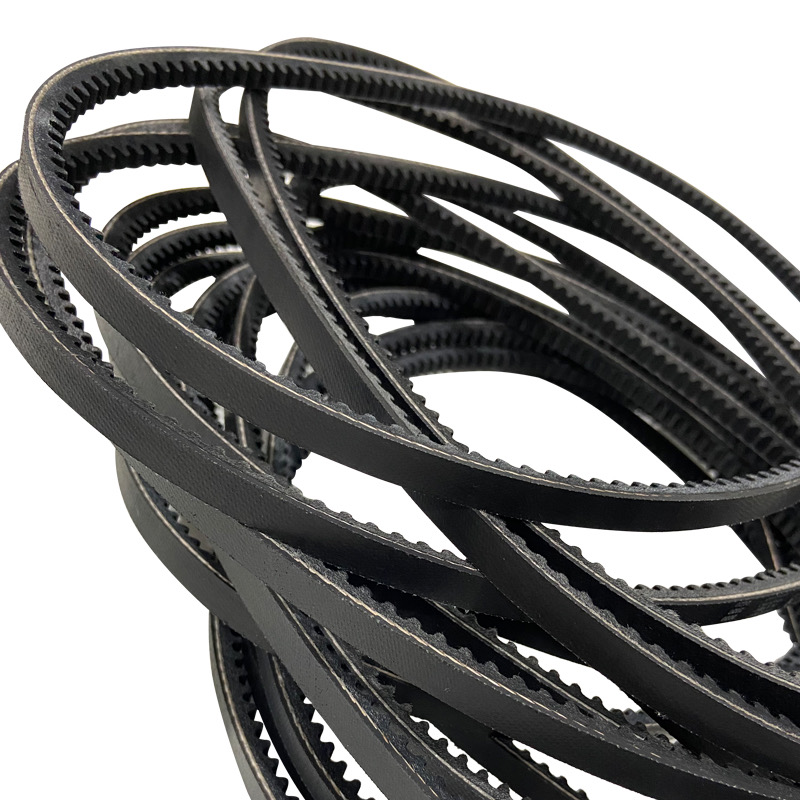- Arabic
- French
- Russian
- Spanish
- Portuguese
- Turkish
- Armenian
- English
- Albanian
- Amharic
- Azerbaijani
- Basque
- Belarusian
- Bengali
- Bosnian
- Bulgarian
- Catalan
- Cebuano
- Corsican
- Croatian
- Czech
- Danish
- Dutch
- Afrikaans
- Esperanto
- Estonian
- Finnish
- Frisian
- Galician
- Georgian
- German
- Greek
- Gujarati
- Haitian Creole
- hausa
- hawaiian
- Hebrew
- Hindi
- Miao
- Hungarian
- Icelandic
- igbo
- Indonesian
- irish
- Italian
- Japanese
- Javanese
- Kannada
- kazakh
- Khmer
- Rwandese
- Korean
- Kurdish
- Kyrgyz
- Lao
- Latin
- Latvian
- Lithuanian
- Luxembourgish
- Macedonian
- Malgashi
- Malay
- Malayalam
- Maltese
- Maori
- Marathi
- Mongolian
- Myanmar
- Nepali
- Norwegian
- Norwegian
- Occitan
- Pashto
- Persian
- Polish
- Punjabi
- Romanian
- Samoan
- Scottish Gaelic
- Serbian
- Sesotho
- Shona
- Sindhi
- Sinhala
- Slovak
- Slovenian
- Somali
- Sundanese
- Swahili
- Swedish
- Tagalog
- Tajik
- Tamil
- Tatar
- Telugu
- Thai
- Turkmen
- Ukrainian
- Urdu
- Uighur
- Uzbek
- Vietnamese
- Welsh
- Bantu
- Yiddish
- Yoruba
- Zulu
डिस . 11, 2024 10:54 Back to list
Understanding V-Belt Pulleys and Their Applications in Mechanical Systems
Understanding V-Belt and Pulley Systems
V-belt and pulley systems are essential components in various mechanical applications, playing a crucial role in the transmission of power and motion. These systems are widely utilized in industries ranging from automotive to manufacturing, offering efficiency, reliability, and versatility. This article will explore the mechanics of V-belts and pulleys, their applications, advantages, and maintenance considerations.
What is a V-Belt?
A V-belt, as the name suggests, has a trapezoidal cross-section that resembles the letter V. This unique shape allows the belt to fit snugly into the pulley grooves, ensuring secure engagement and efficient power transmission. V-belts come in various sizes and materials, including rubber, polyester, and polyurethane, catering to different load capacities and operational environments.
Understanding Pulleys
Pulleys are wheel-like components that guide and support the V-belt. They come in various designs, including flat, v-grooved, and crowned styles, often mounted on shafts. Pulleys convert rotary motion from one shaft to another while maintaining tension in the V-belt. The size and design of the pulley directly affect the speed and torque transmitted through the belt.
How V-Belt and Pulley Systems Work Together
In a typical setup, a motor drives a pulley, which, in turn, drives one or more V-belts. As the motor rotates, the pulley turns, pulling the V-belt along its surface. The belt's traction against the pulley allows it to effectively transmit motion and power to attached components, such as fans, pumps, or gears. By leveraging the friction between the V-belt and pulley, these systems can efficiently manage power transfer.
Applications of V-Belt and Pulley Systems
V-belt and pulley systems are ubiquitous across various applications. In automotive engines, for instance, they connect the crankshaft to the alternator, water pump, and air conditioning compressor, powering critical functions. In manufacturing, these systems drive machinery such as conveyor belts, mixers, and compressors. Additionally, they are commonly used in home appliances like washing machines and lawnmowers, demonstrating their versatility and importance in both industrial and domestic settings.
Advantages of V-Belt and Pulley Systems
v belt pulley

1. Efficiency V-belt systems are known for their high efficiency in power transmission. They can transmit up to 95% of the input power, minimizing energy losses.
2. Flexibility V-belts can easily be configured for various applications, allowing for different pulley sizes and arrangements, accommodating diverse operational needs.
3. Cost-Effectiveness Compared to other power transmission systems, such as gear systems, V-belts and pulleys are generally more cost-effective, both in terms of initial investment and maintenance.
4. Low Maintenance While regular inspection is advised, V-belt and pulley systems require minimal maintenance if properly aligned and tensioned, leading to lower operational costs.
Maintenance Considerations
To ensure optimal performance and longevity of V-belt and pulley systems, several maintenance practices should be followed
- Regular Inspections Routinely check for signs of wear on the V-belt, such as cracking, fraying, or glazing, which can affect performance.
- Proper Tensioning Maintaining the correct tension in the V-belt is crucial. A belt that is too loose may slip, while one that is too tight could wear prematurely or damage the components.
- Alignment Checks Misalignment of pulleys can lead to uneven wear and reduced efficiency. Periodically checking and correcting pulley alignment can extend the life of both the V-belt and pulley.
- Environmental Considerations Keep belts away from excessive heat, oil, or chemicals that can degrade belt materials, ensuring that they remain in good working condition.
In conclusion, V-belt and pulley systems are fundamental to the mechanical operation of countless machines and vehicles. Understanding their design, function, and maintenance is essential for anyone involved in engineering, maintenance, or operations within industrial settings. With proper care and regular monitoring, these systems can provide reliable performance and meet the demands of various applications for years to come.
-
Korean Auto Parts Timing Belt 24312-37500 For Hyundai/Kia
NewsMar.07,2025
-
7PK2300 90916-T2024 RIBBED BELT POLY V BELT PK BELT
NewsMar.07,2025
-
Chinese Auto Belt Factory 310-2M-22 For BMW/Mercedes-Benz
NewsMar.07,2025
-
Chinese Auto Belt Factory 310-2M-22 For BMW/Mercedes-Benz
NewsMar.07,2025
-
90916-02660 PK Belt 6PK1680 For Toyota
NewsMar.07,2025
-
drive belt serpentine belt
NewsMar.07,2025

